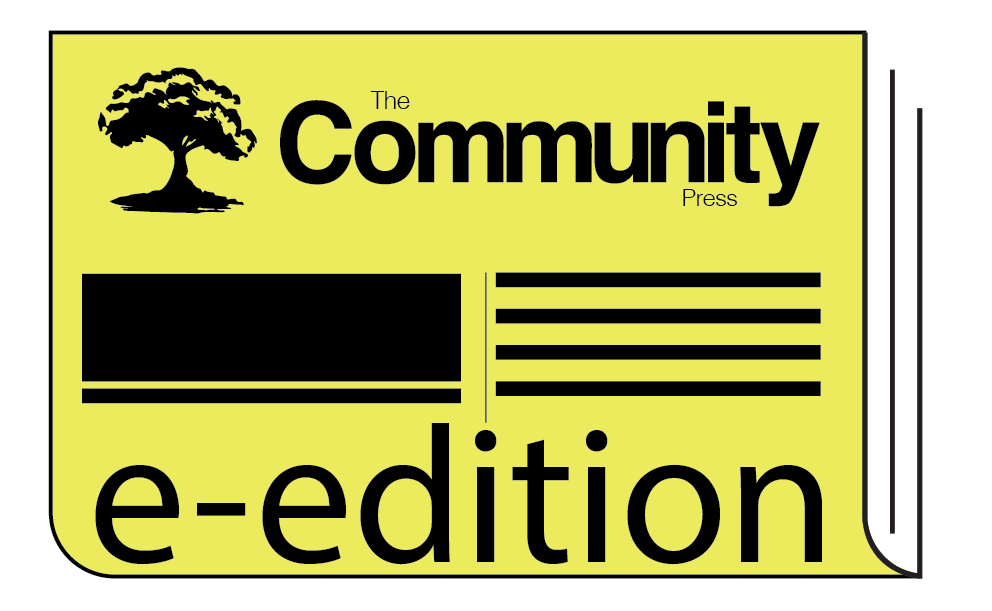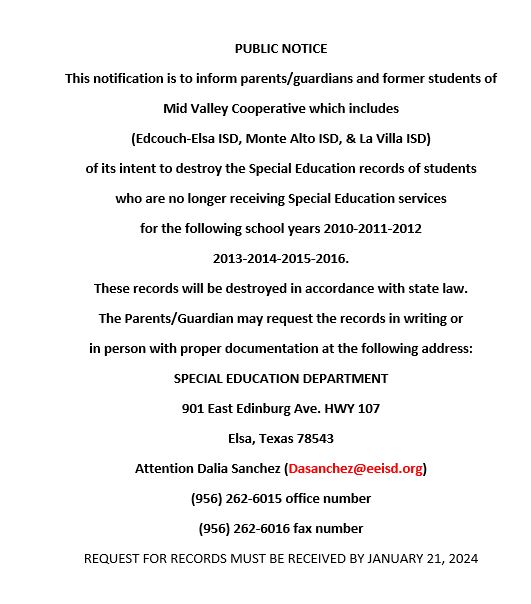House Bill 786- Requiring 9-1-1 dispatchers be trained to coach CPR over the phone

Trained 9-1-1 dispatchers would be able to help a bystander who has a cell phone or landline to provide life-saving Cardiopulmonary Resuscitation, more commonly known as CPR, until paramedics arrive, as a result of House Bill 786 jointly authored by Rep. Terry Canales, D-Edinburg. House Bill 786 was approved by the Texas Legislature on Monday, May 3, 2021 and signed into law by Gov. Greg Abbott on Friday, May 15, 2021. It becomes effective on Wednesday, September 1, 2021.
“CPR – or Cardiopulmonary Resuscitation – is an emergency lifesaving procedure performed when the heart stops beating. Immediate CPR can double or triple chances of survival after cardiac arrest, according to the American Heart Association,” Canales explained.
A bill analysis of House Bill 786 found that there were concerns about the low rate of survival for people who experience sudden cardiac arrest outside of a hospital setting.
“Evidence indicates that early administration of CPR has a positive impact on a patient’s chance of survival. When a person dials 9-1-1, they are in communication with a dispatcher who then directs paramedics to arrive at the scene. It has been suggested that if 9-1-1 dispatchers and other licensed telecommunicators received CPR training they would be able to coach the caller through administering CPR while the paramedics are en route, thus giving the patient a better chance of recovery,” according to the Senate Research Center. “House Bill 786 seeks to require telecommunicators to receive this training as part of their initial licensure training and on an ongoing basis as part of their continuing education.” The Senate Research Center provides quality, specialized, objective research and information to the Texas Senate and Office of the Lieutenant Governor
https://senate.texas.gov/src.php
A bill analysis is a document prepared for all bills and joint resolutions reported out of committee. A bill analysis may include background information on the measure, a statement of purpose or intent, and an analysis of the content of the measure. Rep. Tom Oliverson, R-Houston, a practicing anesthesiologist, is the primary author of House Bill 786, while Canales is one of three joint authors of the legislation. As the primary author of House Bill 786, Oliverson is the legislator who filed House Bill 786 and guided it through the legislative process (also called the primary author).
Legislation is a proposed or enacted law or group of laws.
Filed refers to a measure that has been introduced into the legislative process and given a number.
A bill is a type of legislative measure that requires passage by both chambers of the legislature (House of Representatives and Senate) and action by the governor in order to become effective. A bill is the primary means used to create and change the laws of the state. “Bill” types include Senate and House bills, Senate and House joint resolutions, Senate and House concurrent resolutions, and Senate and House resolutions.
In the House of Representatives, Canales – as a joint author – was authorized by Oliverson to join in the authorship of the measure and have his or her name shown following the primary author’s name on official printings of the measure, on calendars, and in the journal.
Joining Canales as joint authors of House Bill 786 were Rep. Tony Tinderholt, R-Arlington, and Rep. Eddie Morales, D-Austin.
Sen. Charles Perry, R-Lubbock, served as the Senate sponsor of House Bill 786. As sponsor, Perry guided the bill through the Senate after Oliverson/Canales/Tinderholt/Morales passed the legislation through the House of Representatives.
The National 9-1-1 Program, which provides federal leadership and coordination in supporting optimal 9-1-1 services across the nation, provides more details about the roles of 9-1-1 professionals:
• 9-1-1 professionals, also referred to as “dispatchers” or “call takers,” are often the first trained point of contact in an emergency. They begin the important work of obtaining essential information, remaining calm, calming others, and sending the appropriate responders to the right location. They may also provide instructions to the 9-1-1 caller, which in many cases is essential to stabilizing or saving a life, according to 911.gov.
• Throughout the nation, 9-1-1 call centers or public safety answering points (PSAPs) are managed by a variety of local and state agencies, including law enforcement, fire departments, hospitals, and private EMS companies. This varied governance produces a unique challenge for training telecommunicators, as each agency may have its own educational standards.
• Some 9-1-1 professionals are certified as emergency medical dispatchers (EMDs), emergency fire dispatchers (EFDs) or emergency police dispatchers (EPDs). Managers and supervisors may also be certified as emergency number professionals (ENPs) or certified public-safety executives (CPEs).
• The National 9-1-1 Program supports the work of the 911 community to provide training strategies for telecommunicators and has previously convened a working group of 911 associations to develop recommended minimum training guidelines for telecommunicators.
https://www.911.gov/issue_telecommunicatorsandtraining.html
The House Research Organization, which is the nonpartisan research arm of the House of Representatives, provided a bill analysis of House Bill 786.
https://hro.house.texas.gov/about.aspx
The House Research Organization’s bill analysis of House Bill 786 follows:
Subject:
Requiring 9-1-1 dispatchers be trained to coach CPR over the phone
Committee:
Homeland Security and Public Safety — committee substitute recommended
(A committee substitute is a new bill or resolution recommended by a committee in lieu of the original measure. A committee may report a committee substitute rather than a bill with proposed amendments. The committee substitute must contain the same subject matter as the original measure. A committee is a group of legislators appointed by the presiding officer of the house or the senate to which proposed legislation is referred or a specific task is assigned.)
Vote:
9 ayes — White, Bowers, Goodwin, Harless, Hefner, E. Morales, Patterson, Schaefer, Tinderholt
0 nays
Witnesses:
For — Watson Kohankie; Kevin Patel; (Registered, but did not testify: Alec Puente, American Heart Association; Bill Kelly, City of Houston Mayor's Office; John Hawkins, Texas Hospital Association; Dan Finch, Texas Medical Association; Joel Romo, The Cooper Institute/Austin EMS Association/Association of Texas EMS Professionals; Shelia Franklin, True Texas Project; Thomas Parkinson)
Against — None
On — (Registered, but did not testify: Kim Vickers, Texas Commission on Law Enforcement)
Committee Substitute House Bill 786 will require all telecommunicators in the state to be trained during their basic licensing or continuing education courses on how to coach cardiopulmonary resuscitation (CPR) over the phone. The training would be required to:
• Use the most current nationally recognized emergency cardiovascular care guidelines; • Incorporate recognition protocols for out-of-hospital cardiac arrest; and• Provide information on best practices for relaying compression- only CPR instructions to callers.
The Texas Commission on Law Enforcement would be required to adopt rules to implement tele-CPR training as soon as practicable after the bill’s effective date.
The bill will take effect on Wednesday, September 1, 2021.
Committee Substitute House Bill 786 would save the lives of Texans by enabling a bystander, coached by a 911 dispatcher over the phone, to perform CPR on the spot until paramedics arrived. By requiring dispatchers be trained in tele-CPR before they could become licensed or as part of their continuing training, people in cardiac arrest could receive CPR sooner, which could result in a significant increase in survival rates.
Requiring the training to adhere to best practices and nationally recognized emergency cardiovascular care guidelines, would help to ensure consistent and high-quality standards across the state.
A study from the American Heart Association (AHA) indicated the certain individuals who received tele-CPR had a 64 percent better chance of surviving than those who did not. Unfortunately, not everyone is trained in CPR and Texas does not mandate that 9-1-1 dispatchers or other licensed telecommunicators be trained to coach the lifesaving technique by phone.
The Texas Commission on Law Enforcement easily could incorporate the training into existing education for telecommunicators, so it would not impose any additional costs on the state, counties, or municipalities.










